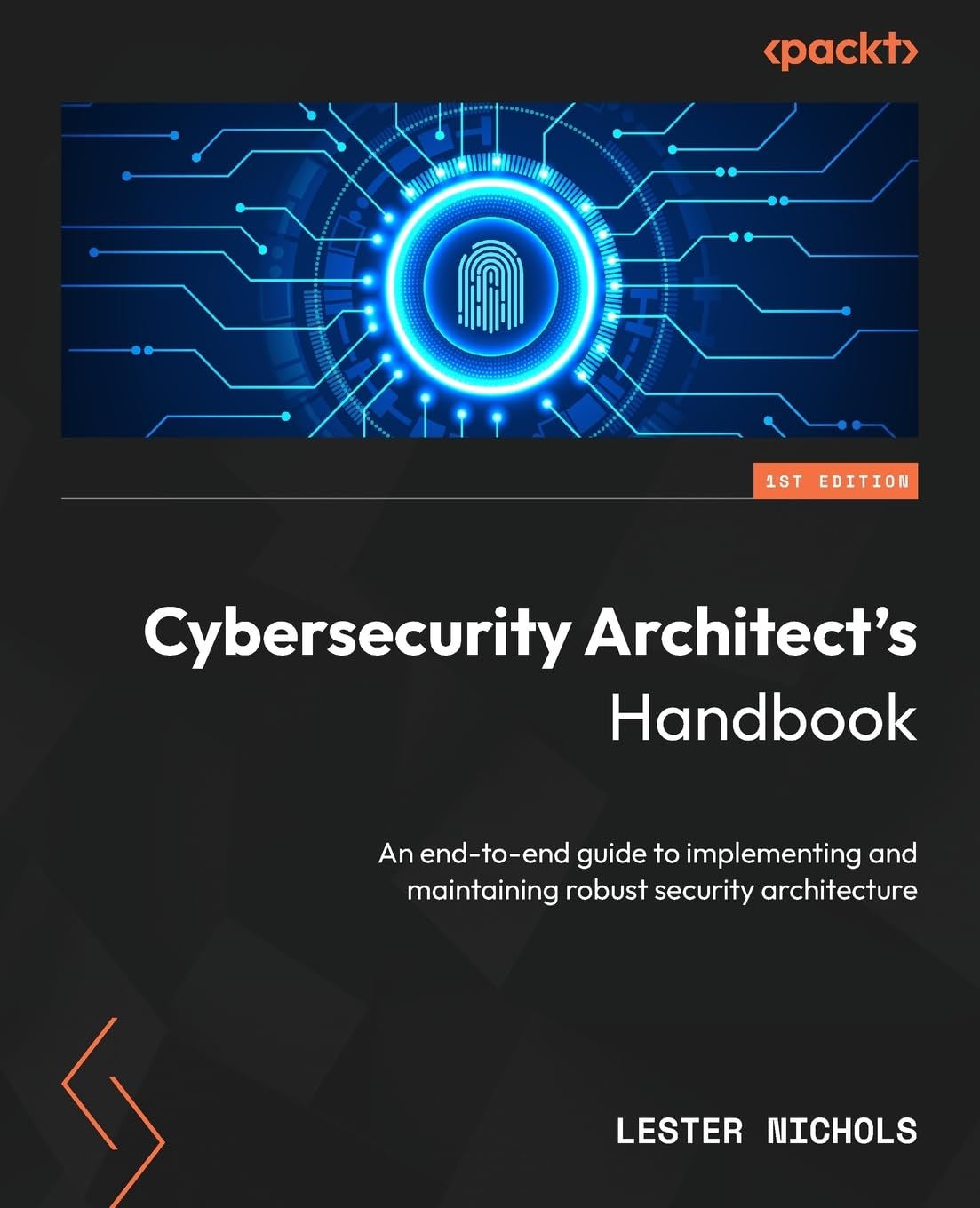Mastering Advanced Bug Hunting: Uncover Complex Cyber Threats
Elevate Your Skills in Unraveling and Mitigating Sophisticated Vulnerabilities

Mastering the Art of Advanced Bug Hunting
🌐 As an evolving bug hunter, diving into the deeper waters of cybersecurity means embracing more sophisticated and nuanced techniques. Advancing beyond the basics opens a realm where your skills can truly shine, uncovering vulnerabilities that are often overlooked. This guide is tailored to take your bug hunting prowess to new heights, focusing on advanced methodologies, tools, and real-world scenarios.
Expanding the Use of Burp Suite Pro for Advanced Bug Hunting
Advanced Targeted Scanning with Burp Suite Pro: 🔍 Burp Suite Pro’s scanning capabilities go far beyond surface-level assessments. Its advanced features allow for a more surgical approach in identifying vulnerabilities.
- Custom Scan Profiles: Tailor your scans by creating custom profiles. For instance, if you’re targeting a web application known for XML processing, configure a scan profile emphasizing XXE vulnerabilities.
- Targeted Scan Example: Use the
'Target'tab to select specific parts of the application. For example, if you’re testing a login page, you can focus the scan only on that section, potentially uncovering vulnerabilities like SQLi or credential stuffing.
Enhanced Collaborative Testing: 🌐 The Collaborator feature in Burp Suite Pro opens doors for team-based and advanced testing, particularly useful in complex environments.
- Using Collaborator in Cloud Environments: Set up
Collaboratorto catch interactions with cloud services. For example, test for SSRF vulnerabilities by configuring Collaborator to capture external service interactions initiated by the application. - Sharing Results: Once
Collaboratoryou identify an out-of-band interaction, share these findings with your team. Use theCollaborator clientto generate a report and discuss potential exploitation strategies in team meetings.
Mastering the Intruder Module: 🛠️ The Intruder module is a powerhouse for custom attacks, allowing you to tailor payloads and attack types to suit your target.
- Advanced Attack Scenarios: Set up an attack targeting a parameter susceptible to SQL injection. Configure the payload set with a list of SQLi payloads and observe how the application responds to each.
- Cluster Bomb Mode for Logical Testing: Use the
Cluster Bombmode to test different combinations of input. For example, if testing an e-commerce application, use this mode to try different combinations of product IDs and coupon codes to uncover business logic errors.
Practical Use Cases of Burp Suite Pro’s Advanced Features:
- Security Testing in E-commerce Applications: Customize Burp Suite scans to focus on payment processing systems. Look for vulnerabilities in the way the application handles credit card data or integrates with payment gateways.
- API Endpoint Testing: Use Burp Suite to methodically test API endpoints. Configure Intruder to send varied API requests, testing for improper access control or data leakage.
- Detecting Race Conditions: Employ concurrent sessions in Burp Suite to test for race conditions in critical functionalities like transaction processing or user account updates.
Conclusion: 🚀 By harnessing the advanced capabilities of Burp Suite Pro, you can uncover a wider range of vulnerabilities and enhance the security of your targets. Whether you’re working solo or as part of a team, these sophisticated features allow for a more in-depth and effective approach to bug hunting. Remember, the key to success in advanced bug hunting is not just in the tools you use but in how creatively and effectively you use them.
Developing Custom Extensions for Burp Suite Pro
🛠️ Burp Suite Pro’s extension capabilities open up a world of possibilities for advanced bug hunters. By creating custom extensions, you can tailor the tool to your specific needs and integrate it with other security tools for a more comprehensive approach.
- Integration with Other Tools:
- Develop extensions that integrate with other security tools like OWASP ZAP or Nmap. For example, create an extension that sends scan results from Burp to OWASP ZAP for further analysis or to Nmap for network mapping.
- Use these integrations to perform a more thorough reconnaissance of the target, identifying potential entry points that might be missed when using a single tool.
- Custom Testing Scenarios:
- Automate specific testing scenarios that are unique to your target applications. For instance, if you’re testing an application with complex user roles, develop an extension that automates the switching and testing of these roles for access control vulnerabilities.
Advanced Commands and Techniques for Bug Hunting
Automating Complex Tasks with Python and Burp Suite APIs: 🐍 Combining Python scripting with Burp Suite’s API can significantly enhance your bug hunting capabilities, allowing you to automate complex tasks and focus on deeper analysis.
- Business Logic Error Testing:
- Write Python scripts that interact with Burp Suite to automate the testing of application logic. For example, script a sequence of actions to mimic a user’s behavior in an e-commerce application and check for pricing manipulation or unauthorized access to products.
Exploiting Advanced Race Conditions: ⏱️ Race conditions can be tricky to exploit manually. Use multi-threaded scripts to simulate simultaneous actions that can uncover these vulnerabilities.
- Simultaneous Request Analysis:
- Create scripts that send multiple requests at the same time to different parts of the application, like simultaneous login attempts or payment transactions. Analyze how the application handles these concurrent requests to identify race condition vulnerabilities.
Mastering Subdomain Enumeration: 🌐 Subdomain enumeration is crucial for discovering the full scope of a target’s digital footprint, especially in cloud-based environments.
- Integration with Cloud Reconnaissance:
- Combine subdomain enumeration tools with cloud reconnaissance tools to identify assets hosted in the cloud. For instance, use a tool like Sublist3r in conjunction with a cloud scanning tool to discover subdomains and cloud services associated with the target.
- Use DNS analysis tools to map the target’s DNS records and uncover hidden subdomains that might be vulnerable.
Practical Implementation: 🎯 Let’s put these advanced techniques into practice with an example:
- Scenario: Testing an Online Banking Application
- Use Burp Suite Pro to scan the application, focusing on areas like fund transfers and account management.
- Develop a custom Burp extension that automates the testing of different user roles and their access to sensitive banking operations.
- Write a Python script to test for race conditions in fund transfers, sending concurrent transfer requests to check if the application processes them in a way that could lead to double withdrawals or other financial anomalies.
- Conduct subdomain enumeration to find additional entry points like admin panels or API endpoints that might not be as secure as the main application.
Conclusion: 🌟 Advanced bug hunting requires a blend of sophisticated tools, custom solutions, and creative thinking. By leveraging the full capabilities of Burp Suite Pro, integrating it with other security tools, and employing advanced techniques like Python scripting and subdomain enumeration, you can elevate your bug hunting skills and uncover vulnerabilities that others might miss. Remember, in the realm of advanced bug hunting, your ingenuity and adaptability are as important as your technical skills.
Elevating SSRF Exploitation to Uncover Hidden Vulnerabilities
🌐 Server-Side Request Forgery (SSRF) is a powerful vector in advanced bug hunting, capable of exposing internal systems and cloud-based resources. Here’s how to elevate your SSRF game:
- Targeting Cloud Metadata Services:
- Focus on cloud services like AWS, Azure, or GCP to exploit SSRF vulnerabilities. For example, target the metadata service of an AWS EC2 instance using SSRF to extract sensitive credentials or configuration files.
- Craft specific requests in Burp Suite to interact with these metadata services. For instance, use the Intruder module to automate requests to different AWS metadata endpoints and analyze the responses for data leakage.
- Combining SSRF with Other Vulnerabilities:
- Integrate SSRF attacks with other vulnerabilities like local file inclusion (LFI) or open redirects. For example, use SSRF to force the server to make a request to an internal URL that leads to LFI, exposing sensitive files.
- Utilize tools like Postman or custom Python scripts to automate and manipulate these combined attack vectors, observing how the application’s behavior changes and identifying potential escalation paths.
Mastering Complex Authorization Testing with Custom Scripts 🔑 Testing complex authorization systems requires a nuanced approach. Here’s how to develop and utilize custom scripts for sophisticated authorization testing:
- Automating Role-Based Access Control Testing:
- Write scripts that automate the process of switching between different user roles and testing their access to various functionalities. For example, create a script that logs in as different user types (admin, regular user, guest) and attempts to access restricted areas.
- Use tools like Selenium or Python’s requests library to automate these role-switching scenarios and analyze how the application responds to each role.
- Manipulating JWT Tokens and Authorization Mechanisms:
- Use proxy tools like Burp Suite or OWASP ZAP to capture and modify JWT tokens. Experiment with altering payload values like
‘role’or‘admin’flags and resend requests to test for improper access control. - Develop scripts that automatically decode, modify, and encode JWT tokens, then send these modified tokens to the application to see if unauthorized access is granted.
- Use proxy tools like Burp Suite or OWASP ZAP to capture and modify JWT tokens. Experiment with altering payload values like
Practical Implementation Example: 🎯 Let’s apply these techniques in a real-world scenario:
- Scenario: Testing a Corporate Web Portal
- Use Burp Suite Pro to perform targeted scanning on the portal’s login and user management functionalities.
- Develop a Python script to test for SSRF vulnerabilities in the portal’s image upload feature, aiming to access internal AWS metadata services.
- Write another script to automate role-based testing, switching between different user accounts and attempting to access restricted documents or settings.
- Manipulate JWT tokens using Burp Suite to test if altering the token grants access to admin functionalities or exposes sensitive user data.
Conclusion: 🌟 By incorporating advanced SSRF techniques and sophisticated authorization testing into your bug hunting strategy, you can uncover deep-rooted vulnerabilities that standard testing might miss. The combination of targeted tool usage, custom scripting, and strategic exploitation elevates your bug hunting prowess, making you a formidable force in the cybersecurity landscape. Remember, the essence of advanced bug hunting lies in thinking outside the box and continuously evolving your tactics to stay ahead of emerging threats.
Real-World Tricks and Examples for Advanced Bug Hunters: Uncovering Hidden Vulnerabilities
IDOR Exploitation in Action: 🌍 Insecure Direct Object References (IDOR) can lead to significant data breaches. Understanding real-world examples is key to recognizing and preventing similar vulnerabilities.
- Case Study: Social Media Platform Breach
- A major social media platform experienced a breach where attackers exploited IDOR to access and alter user profiles. They manipulated URL parameters to bypass normal user permissions, gaining access to other users’ private information.
- Replication in Testing: Use Burp Suite to systematically change parameter values in requests, such as user IDs or file references, to test for unauthorized access to resources.
Client-Side Security Bypass: 🔓 Client-side controls can often be circumvented, leading to critical vulnerabilities.
- Case Study: E-commerce Checkout Manipulation
- An e-commerce site suffered a breach when attackers bypassed client-side price validations in the checkout process. By modifying JavaScript variables, they were able to purchase items at arbitrary prices.
- Replication in Testing: Use browser developer tools to modify client-side scripts or HTML elements. For instance, change form values or hidden fields to test the server’s response to altered client-side data.
Business Logic Flaw Exploitation: ⚙️ Exploiting business logic flaws requires a deep understanding of the application’s intended workflow.
- Case Study: Airline Reward Points Scheme
- Attackers exploited a flaw in an airline’s reward points system. By rapidly manipulating the number of points redeemed during a transaction, they duplicated reward points, leading to substantial financial losses for the airline.
- Replication in Testing: Develop custom scripts to rapidly change application states or inputs. Test scenarios where the application’s logical flow can be interrupted or manipulated, such as quickly adding and removing items from a shopping cart.
Practical Implementation Tips: 💡 To replicate these real-world scenarios in a controlled environment:
- IDOR Testing:
- Use tools like Burp Suite to systematically iterate through object references (e.g., incrementing user IDs in URLs) and observe the application’s response to each modified request.
- Craft scripts to automate this process, particularly for applications with numerous endpoints or parameters.
- Client-Side Control Bypass:
- Analyze client-side code for potential bypass points, such as form validations or client-side routing mechanisms.
- Modify client-side logic using browser developer tools and test the server’s response to these modifications.
- Business Logic Testing:
- Map out the application’s business logic and identify potential points of exploitation, like transaction processes or multi-step forms.
- Use automated tools to mimic rapid or irregular user interactions that could exploit these logic flaws.
Conclusion: 🚀 The art of advanced bug hunting lies in creatively applying real-world examples and techniques to uncover hidden vulnerabilities. By studying past breaches and replicating their methodologies in a controlled environment, you can gain a deeper understanding of complex vulnerabilities and refine your skills as a bug hunter. Remember, the effectiveness of your hunting depends not only on technical prowess but also on your ability to think like an attacker, anticipating and exploiting the intricacies of application logic and design.
Conclusion: Charting New Frontiers in Bug Hunting Excellence
🌌 As you navigate the ever-evolving labyrinth of advanced bug hunting, it’s essential to anchor your journey in continuous learning, innovation, and ethical practice. Each complex vulnerability you unearth, each sophisticated technique you master, is not just a notch in your belt but a step towards fortifying the digital world against emerging cyber threats.
Your path as an advanced bug hunter is more than a pursuit of technical prowess; it’s a commitment to enhancing the security landscape, safeguarding sensitive data, and nurturing a safer digital environment for all. This journey, rich in challenges and discoveries, calls for a balance of skill, creativity, and ethical responsibility.
- Embrace Lifelong Learning: The field of cybersecurity is dynamic, with new vulnerabilities and defense mechanisms emerging regularly. Stay ahead by immersing yourself in continuous education, attending workshops, webinars, and engaging with the bug hunting community.
- Innovation as a Standard: As technology evolves, so do the techniques and tools at your disposal. Embrace innovation by experimenting with new methodologies, developing custom tools, or contributing to open-source security projects.
- Ethical Integrity: Your power as a bug hunter comes with the responsibility to use it ethically. Adhere to the principles of responsible disclosure, respect privacy laws, and always seek permission before testing systems.
- Community Contribution: Share your knowledge and experiences. Mentor aspiring bug hunters, contribute to forums like BugBustersUnited, and engage in collaborative projects. Your insights can help nurture a new generation of skilled cybersecurity professionals.
- The Impact of Your Work: Remember, each vulnerability you uncover and report contributes to a broader goal – a more secure digital ecosystem. Your work not only protects organizations from potential breaches but also helps in building trust in technology that drives our daily lives.
In conclusion, your advanced bug hunting skills are a beacon in the cybersecurity world, illuminating vulnerabilities and safeguarding against potential breaches. As you continue your journey, let your curiosity fuel your exploration, your expertise enhance digital safety, and your ethical standards guide your path. The future of cybersecurity is not just shaped by technology but by the skilled, ethical individuals who diligently work to protect it. Here’s to your continued success and to the new frontiers you’ll explore in the realm of advanced bug hunting! 🚀🔒🌍






